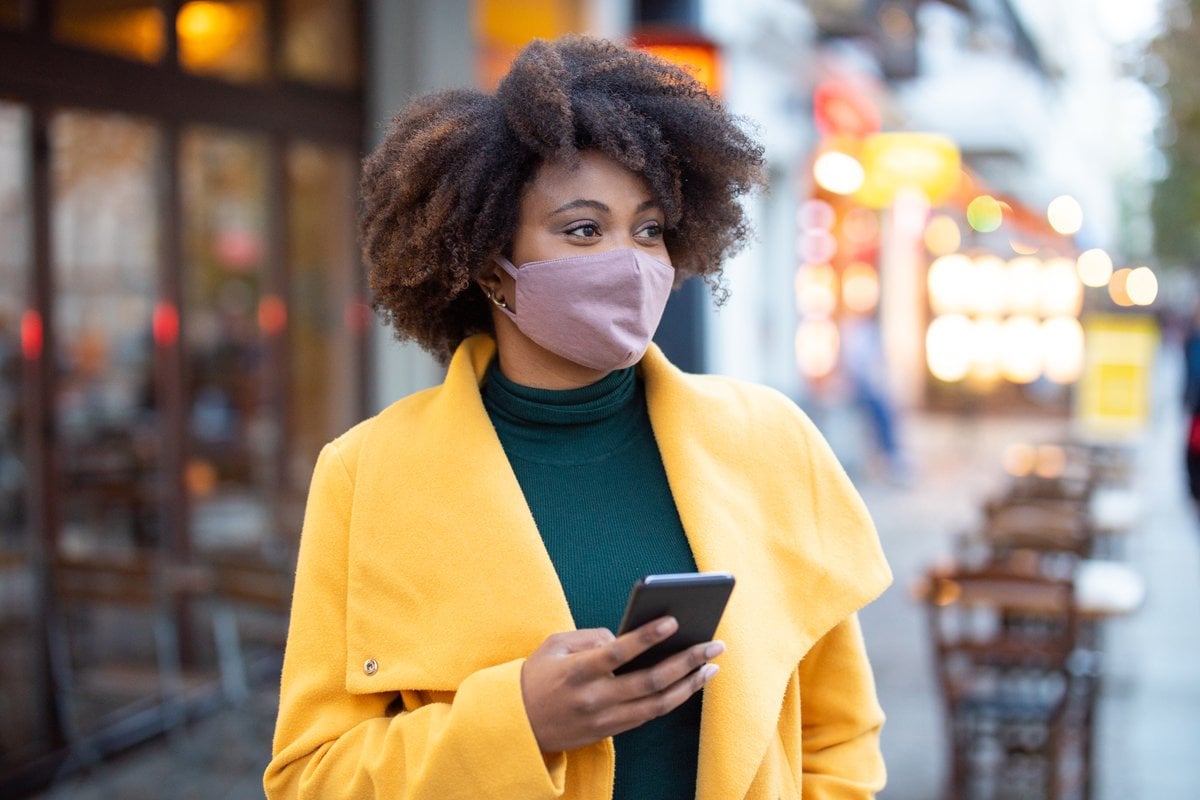
As we head into Christmas, many of us are concerned about being named a COVID-19 close contact.
Depending on what state you live and your vaccination status, getting 'pinged' as a close contact may see you isolating for a matter of days or weeks during the holiday period.
To help you keep track of the rules - including the new requirements introduced by NSW - we've rounded up everything you need to know about close contacts where you live.
Here's your handy state by state guide.
New South Wales.
Earlier this week, NSW Premier Dominic Perrottet announced changes to how NSW Health defines a close contact, placing more of a focus on households.
"If you are deemed to be a close contact, it would generally be a member from your household," he said on Wednesday. "[However] there may be occasions where [NSW] Health may determine outside of that definition that you would be a close contact."
He also announced changes to isolation rules, with close contacts no longer required to isolate for seven days.
Instead, if you are deemed a close contact, you will only need to have a PCR test and wait for a negative result before leaving isolation.
That said, if you live in the same household as someone who has COVID-19 or were in a high-risk setting at the time of transmission, you will still need to have a PCR test and isolate for seven days, regardless of the result.
More rules about casual contacts in NSW can be found here.
